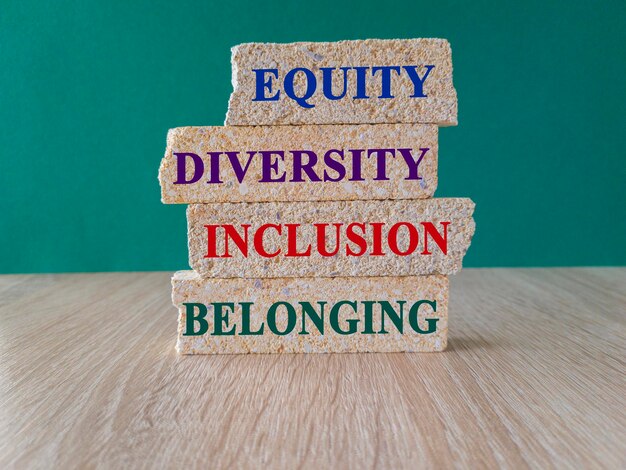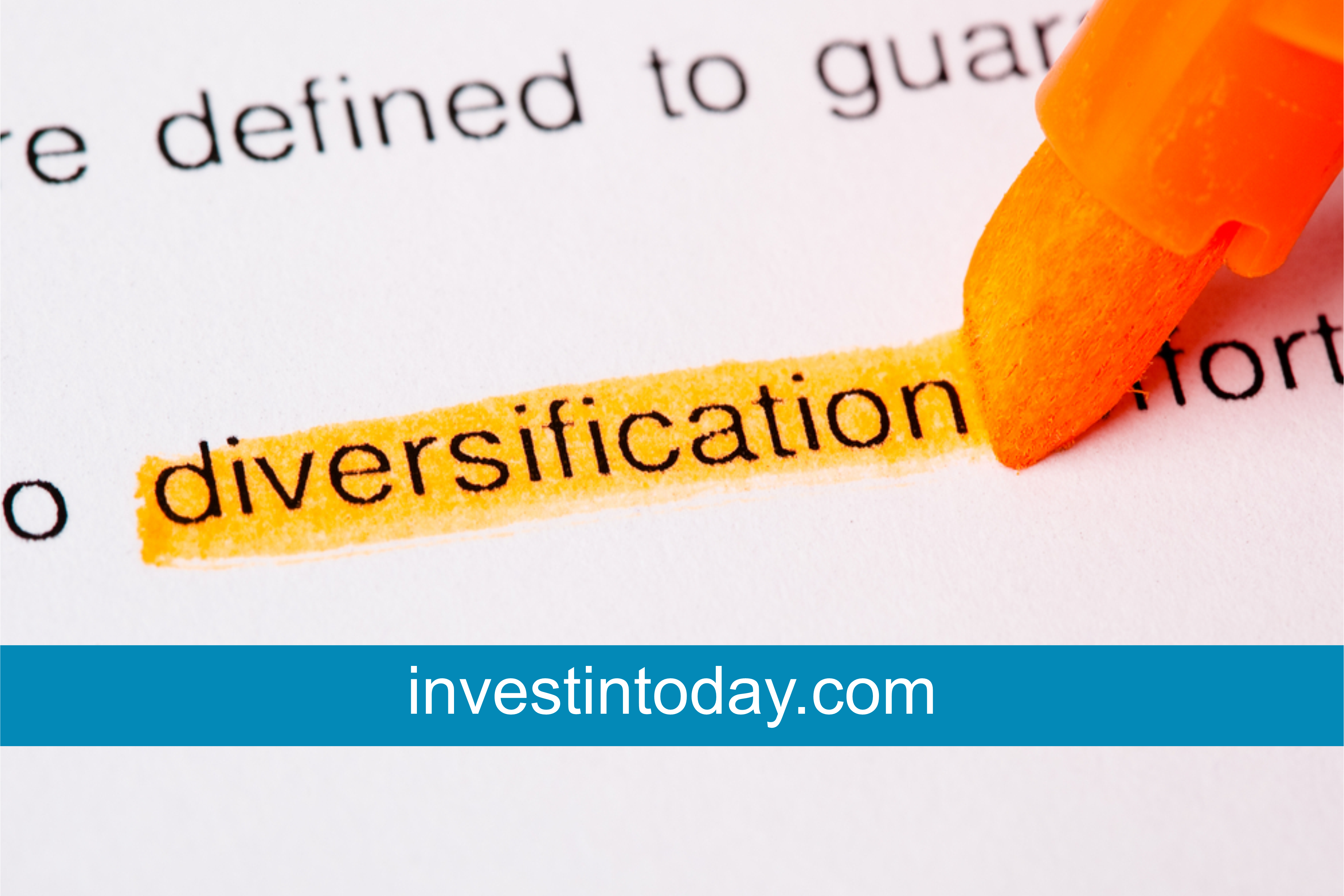Introduction
Okay, diversification is basically the idea of not relying on just one type of investment. You do not want your entire financial future tied to a single stock, company, or even industry. If one fails, then all of your portfolio can keep you submerged. Think of it like a buffet. You do not just load your plate with mashed potatoes (even if they are amazing). You grab some salad, some meat, maybe even a slice of cake if it is available. That way, if one dish turns out bad, you have other options to enjoy.

Why Should You Care About Diversification?
1. Protect Yourself from Big Losses
Imagine putting all your money into one tech company, and suddenly their product gets banned or something. Diversification means spreading the risk, so if one thing goes wrong, it does not take down your entire portfolio.
Example: Let us say you invested in just one sector, like travel. During the pandemic, the travel industry crashed. If you also had investments in healthcare or tech, they might have offset those losses.
2. Make the Ride Less Bumpy
Markets go up and down—that is just the way it is. Diversifying helps make those swings feel less dramatic.
Relatable Thought: I remember when I first started investing, I put everything into one stock, and every little price drop felt like the end of the world. Diversification really helped me sleep better at night.
3. Boost Your Chances of Success
The activity also indicates that each investment is profitable at a certain period. What you are doing by diversifying is to maximize your chances of having some of the investment you made perform well even though others will not.
The first of those is diversification, which is probably the most effective risk management technique since it pulls the client’s risk across different assets, industries and geographical regions. For instance, though stocks give high returns, they contain a higher risk than bonds.
This can be solved by bringing them into contact with other investments such as bonds that are far much safer.
Fun Fact: In the past, bond investment tends to rise in value during the years, stock market investment tend to decline. It’s like some strange game of musical chairs, where one player is more dominant, while the other remains passive but on the same key in your portfolio.
Besides Equities and Corporate Bonds you can invest in Real estate, mutual funds and even go for other products like Commodities or Cryptocurrencies etc.
The best approach is to do not swim in one river. A range investment increases the possibility of long-term investment and dampens the effect of market volatility.
This way you have effectively diversified your investments so that during lean years you can survive financially as you invest more on the profitable times. This is your key to stability and growth in the instability of investing.
How to Diversify Your Investment Portfolio
1. Spread Across Asset Classes
The first step is to divide your money among different types of investments. Here are the main ones:
- Stocks: Great for long-term growth, but they can be risky.
- Bonds: These are safer and offer steady returns, like the boring-but-reliable friend.
- Real Estate: Either through actual properties or real estate investment trusts (REITs).
- Commodities: Gold, oil, or even agricultural products. These are often used to hedge against inflation.
- Cash: It is always smart to have some money in savings for emergencies.
2. Diversify Within Asset Classes
Do not just buy one stock or one bond. Mix it up even within each category:
- Stocks: Own shares in different industries—like tech, healthcare, and energy.
- Bonds: Combine government bonds, corporate bonds, and municipal bonds.
- Real Estate: If you cannot buy property, consider REITs for exposure.
3. Think Globally
Again, do not restrict your search to the country that you come from. To pin-point, global investments can offer even more diversification and give an access to markets which might have been previously untouchable. Investing internationally allow you to combine the possibilities of development of countries with different level of economic development and industries oriented at the concrete countries.
For instance, if the domestic market, say the U.S market is currently in the red, stocks in Europe, Asia or the emerging markets might still be buoyant and will cushion it.
Going diversifying internationally also saves you from fluctuations in currencies or unfavorable political or economic changes in one country.
A good performance when the domestic market is weak enable smooth the decline as the global market provides a strong foundation.
It means that your assets are not uniquely invested in one geographic location and its economic conditions or its crises. As time goes on it is apparent that investing internationally is far easier than it has ever been.
World mutual funds, ETFs and ADRs help investors to have access to global markets and actively trade with less hassle. Thus, global thinking helps not only to decrease the levels of risk but also to increase the chance of gaining high revenues in the contemporary interdependent world.

4. Use Investment Funds
Picking individual investments can feel overwhelming, so funds can help you diversify more easily:
- Mutual Funds: Managed by professionals with a mix of stocks, bonds, or other assets.
- ETFs (Exchange-Traded Funds): Like mutual funds but often cheaper and easier to trade.
- Index Funds: These track market indexes, like the S&P 500, and provide instant diversification.
Common Mistakes People Make
Diversification does not mean jumping on every hot stock or industry. Stick to your goals, not what is trending on social media.
3. Forgetting to Rebalance
Diversification is not a one-and-done deal. Over time, some investments will grow faster than others, throwing off your balance. Rebalancing means selling a bit of what is overperforming and buying more of what is underperforming to maintain your original plan.Relatable Thought: It is like cleaning out your closet. Sometimes, you need to get rid of the excess stuff and make room for what you actually need.
How to Start
Step 1: Know Your Risk Tolerance
How much risk are you comfortable with? Younger investors can afford to take more risks, while older investors might prefer safer options.
Step 2: Set Clear Goals
Are you investing for retirement, a house, or just general wealth? Your goals will shape how you diversify.
Step 3: Choose Your Mix Decide how much to allocate to stocks, bonds, real estate, and other assets. This mixture will depend on your risk, tolerance and goals.
Final Thoughts:
Diversifying your portfolio is not just smart—it is essential. But let us be real, it is not always easy. It takes some demo and error to figure out what works for you. The key is to keep learning, stay consistent, and remember that no single investment is worth risking your entire financial future.
At the end of the day, think of diversification like a buffet. You get a little bit of everything, so you are not relying on just one dish to satisfy you. And if you make a mistake? That is okay—you can always adjust and try again. After all, investing is a journey, not a race of life.
